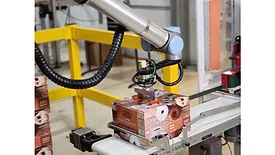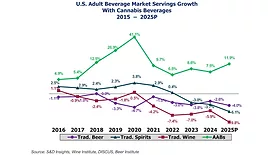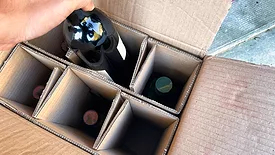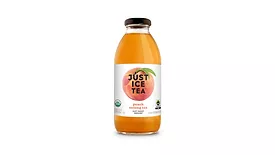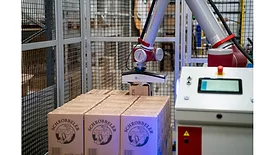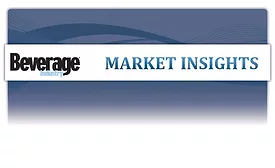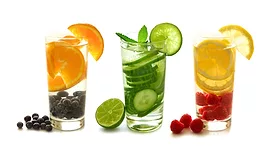Market Insights
Cobots support end-of-line optimization within food & beverage
Read More
The beverage alcohol shuffle
Companies looking to capitalize on adult alternative beverage trends
September 19, 2025
Battling wine fraud with the Internet of Things
New IoT solutions help wine industry implement science-backed authentication
July 15, 2025
Energy drinks get renewed focus
Healthy, natural ingredients resonate with consumers, research shows
June 13, 2025
Artificial intelligence offers an array of benefits for beverage-makers
Beverage-makers embrace AI for its consumer insights, product prediction properties and more
April 29, 2025
Just Ice Tea supplier helps company meet packaging needs
Zuckerman Honickman’s resources helped iced brand launch under accelerated timeline
April 25, 2025
Schrobbelèr B.V. turns to automation to enhance efficiency
Dutch herbal liquor manufacturer find success with D:PLOY platform
April 16, 2025
Alternative capital solutions can offer reprieve to manufacturing sector
Sale leaseback can help beverage manufacturers raise capital while navigating tariffs
March 20, 2025
Trucking industry eager to attract younger drivers
Driver shortage prompts action from legislators
January 30, 2025
FMCG Gurus Trend Watch: Hot & Soft Drinks in 2024
Rising prices impact how consumers approach indulgences
August 7, 2024
Elevate your expertise in the beverage marketplace with unparalleled insights and connections.
Join thousands of beverage professionals today. Shouldn’t you know what they know?
JOIN NOW!Copyright ©2025. All Rights Reserved BNP Media.
Design, CMS, Hosting & Web Development :: ePublishing
